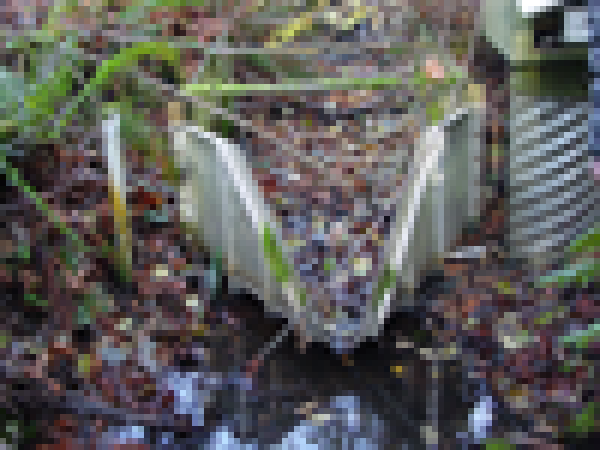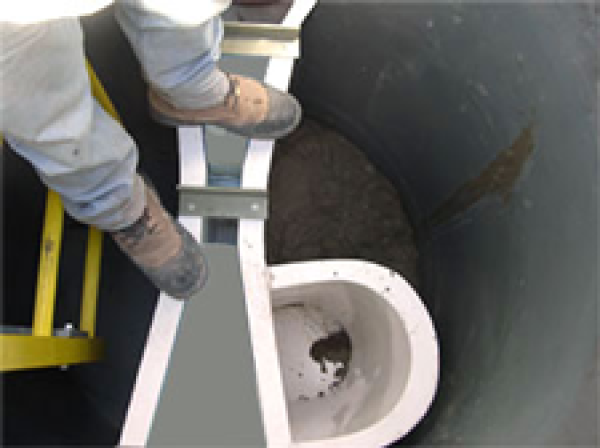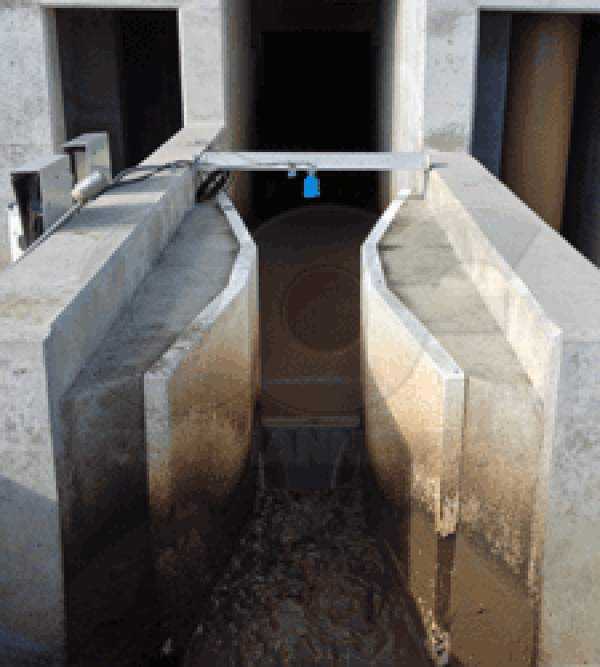This website uses a variety of cookies, which you consent to if you continue to use this site. You can read our Privacy Policy for
details about how these cookies are used, and to grant or withdraw your consent for certain types of cookies.
Flumes for Minimizing Solids Build-Up
The buildup of solids can wreak havoc on otherwise good flume applications if the style of flume isn’t well chosen.
For dense solids it is best to pick a flume that doesn’t have a raised ramp throat section. Palmer Bowlus and RBC flumes in particular should be avoided as the solids tend to drop out upstream of the throat ramp and may not push through even if the flow rates increase. Unless regular maintenance is performed, the upstream channel can rapidly silt up. When this happens the flume no longer acts in a predictable manner and the flow equations will no longer be valid.
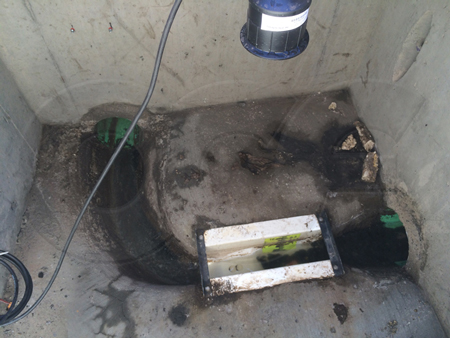
Fine sediments can also be a a problem where the approach to the flume is long and wide - as it is with a H flume approach section. As solids settle out, channelizaiton may occur as water attempts to find a way through the solids build up.
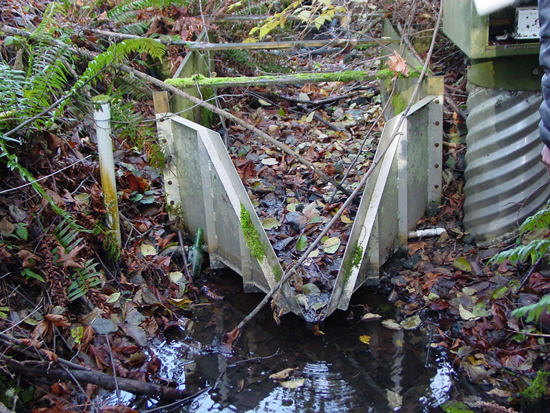
In applications where unscreened sanitary solids are present, the smallest opening that a flume should have is 3”. Smaller than this and the flume WILL clog. It isn’t a matter of IF but of WHEN. Small Parshall / Montana / USGS Portable flumes should not be used on these applications. HS flumes will present clogging issues if used on unscreened sanitary flows and only medium to larger H flumes should be used on these flows.
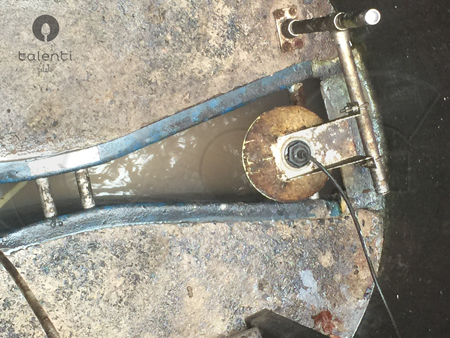
Where large floating debris is present, flumes with straight, vertical sidewalls (Parshall / Montana / USGS / Rectangular Cutthroat) should be avoided unless the throat width is certain to be wider than the debris. Otherwise the debris will catch in the throat of the flume and will not pass through. When this happens it is very likely that the flume will remain clogged even if it overtops. Only flumes with outward sloping walls (Trapezoidal / RBC / Trapezoidal Cutthroat) should be used. If necessary, the top dimensional braces on the flume to make sure that floating debris does not catch.
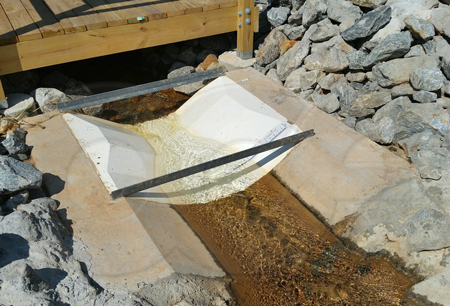
A special case here is the Palmer Bowlus flume: if the flume is used on piping the same size of the flume, then if the debris won’t clog the pipe, it is unlikely to clog the flume.
Related Blog Posts
Explore more insights in our blog.

LOCATIONS IN ATLANTA, GA & BOISE, ID


